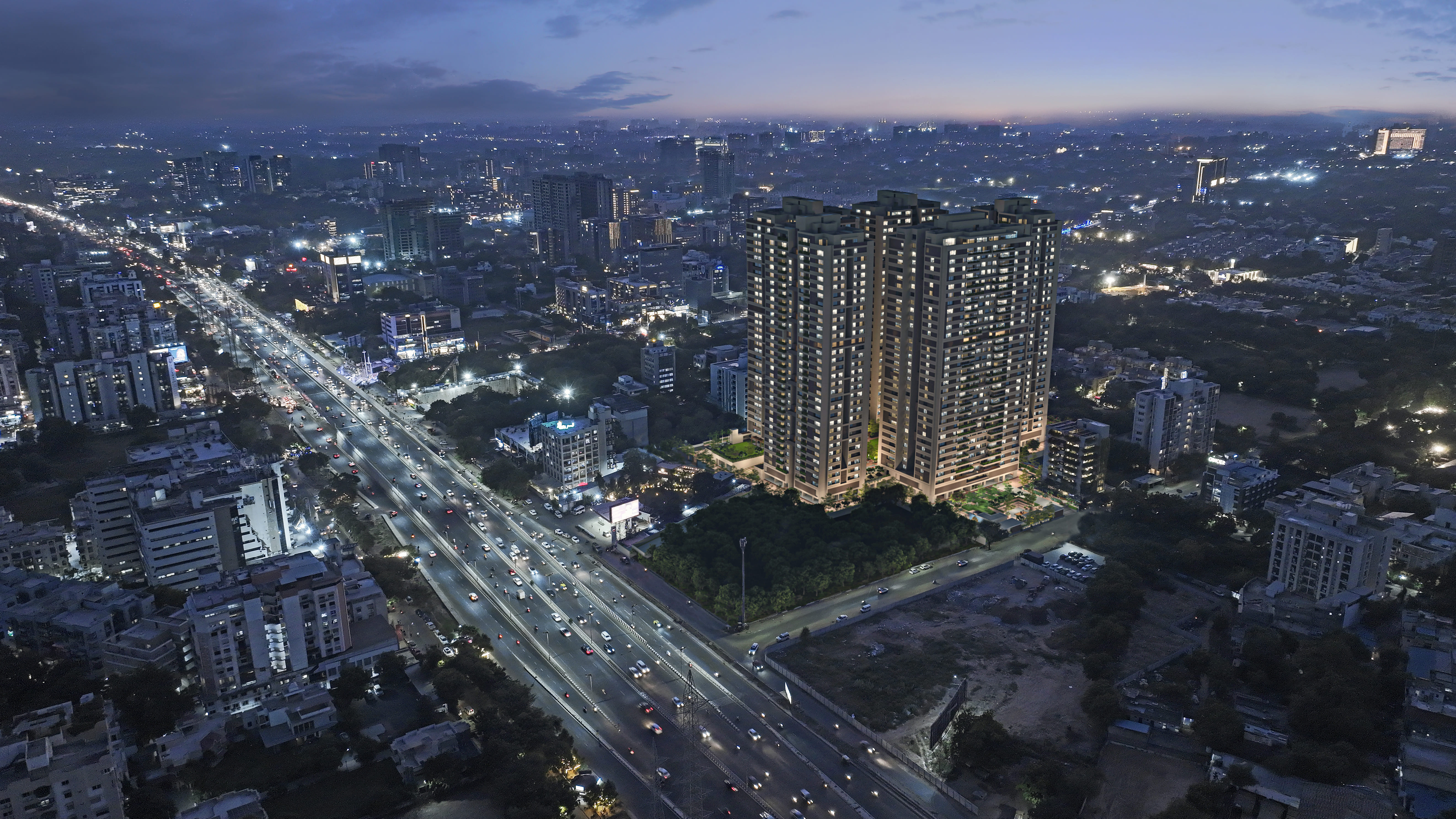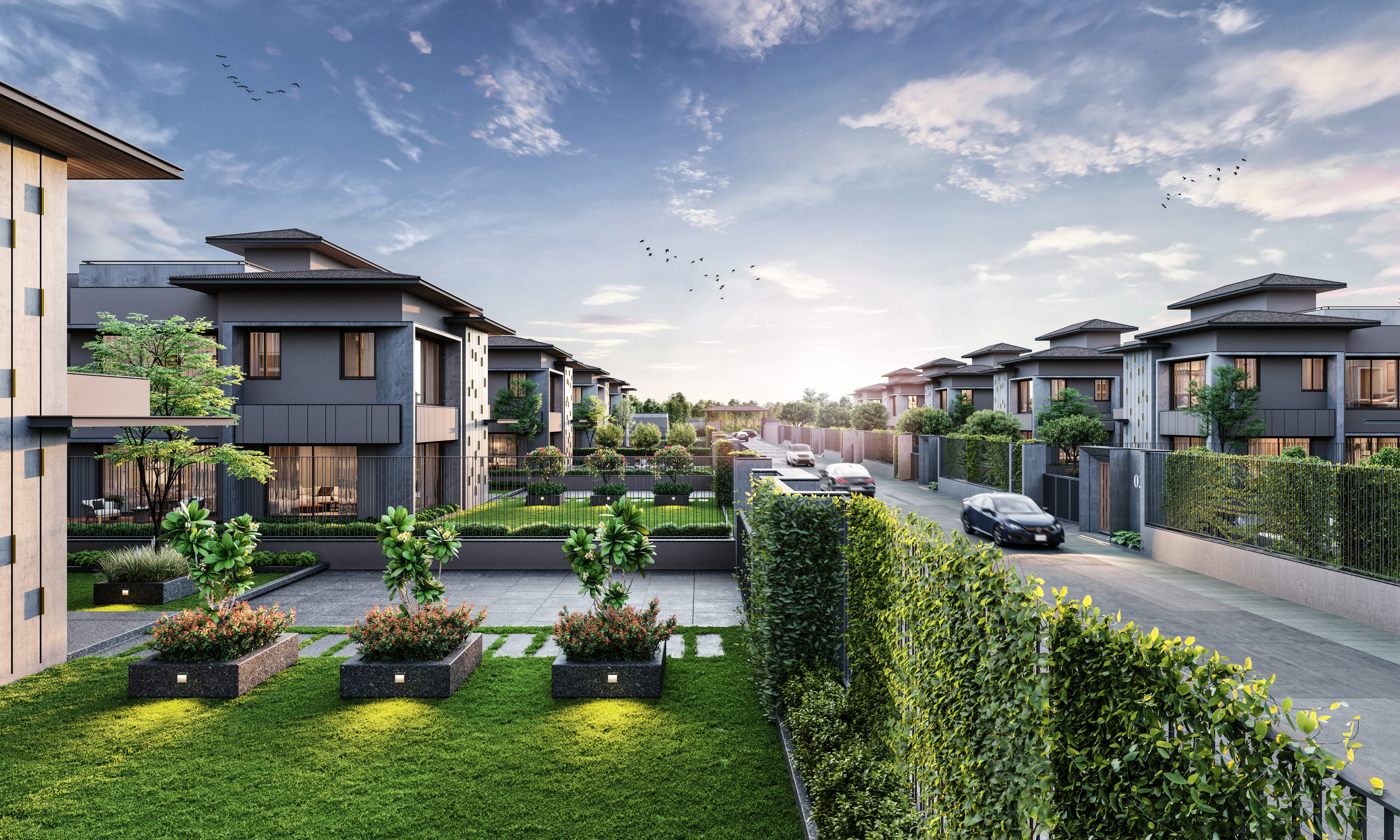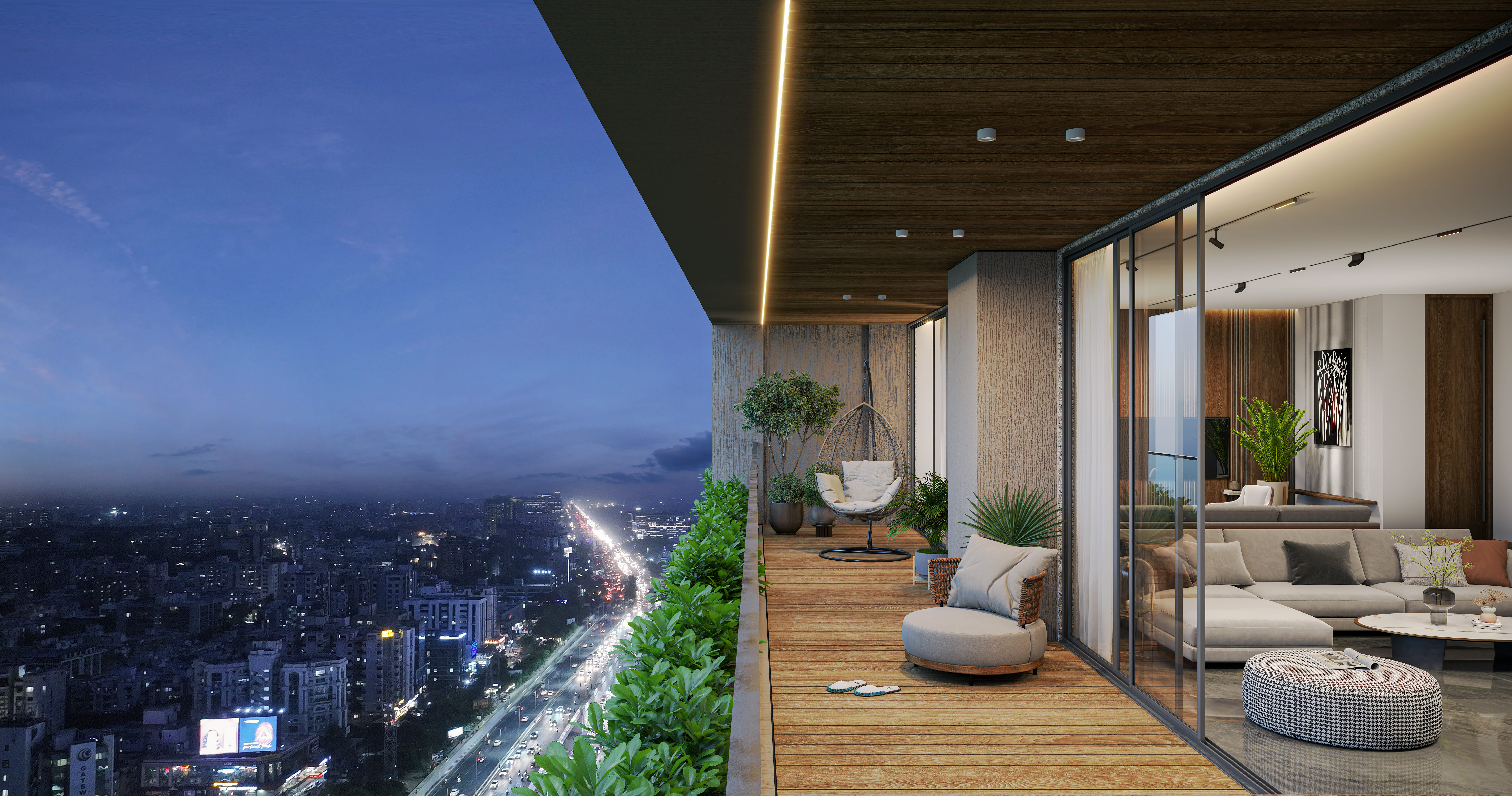What is Vastu for Home? A Complete Guide to Vastu-Compliant Living
Vastu Shastra is an ancient Indian architectural science that integrates art, astronomy, astrology, and design to create harmonious, balanced, and energy-aligned spaces. The term is derived from Sanskrit: Vastu means "dwelling" and Shastra means "science". This time-tested discipline serves as a blueprint for crafting spaces that nurture peace, prosperity, and wellness.
The Origin of Vastu Shastra
Vastu Shastra has roots that stretch back thousands of years. Ancient Indian scriptures, including the Vedas, Mahabharata, and Ramayana, reference Vastu's guiding principles. Manuals such as Vishwakarma Vastu Shastra and Mayamatam provide detailed insight into Vastu applications.
Initially, Vastu was used to design temples and sacred spaces. Over time, its principles were adapted to residential architecture, town planning, and urban living
Why Vastu for Home Matters
In today's fast-paced world, creating a home that is in harmony with nature and energy flows is vital. A Vastu-compliant house ensures the right balance of the five elements and directional energies.
Key Benefits of a Vastu-Compliant Home:
- Positive Energy: Aligned structures promote peace, happiness, and prosperity.
- Stress Reduction: Proper ventilation, light, and spatial layout reduce anxiety.
- Economic Stability: Correct placements attract wealth and career growth.
- Improved Health & Relationships: Balanced spaces encourage well-being and harmony.
Understanding the Five Elements of Vastu Shastra
Vastu emphasizes balance among five natural elements, known as the Pancha Bhootas:
1. Earth (Prithvi): Represents stability; governs orientation and land.
2. Water (Jal): Symbolizes vitality; governs bathrooms, kitchens, water bodies.
3. Fire (Agni): Represents energy and power; governs the kitchen and lighting.
4. Air (Vayu): Influences ventilation and air flow.
5. Space (Aakash): Denotes openness; affects room sizes and ceiling heights.
Core Concepts of Vastu for House Construction
Vastu Purusha Mandala
This is a cosmic energy grid that forms the foundation of Vastu-compliant home plans. It divides the space into zones, each linked to specific elements and energies.
Directional Energies and Their Significance:
- North (Kubera): Wealth, prosperity
- East (Indra): Growth, health, sunrise energy
- West (Varuna): Stability and strength
- South (Yama): Longevity (needs balancing)
- North-east (Ishanya): Sacred and spiritual
- South-east (Agneya): Fire zone
- North-west (Vayavya): Air, support
- South-west (Nairitya): Stability and grounding
Best Vastu Practices for Home Design
Optimal Room Placement:
- Master Bedroom: South-west zone for stability
- Living Room: North or north-east for welcoming energy
- Kitchen: South-east (Agneya) is ideal; this creates a Vastu-compliant kitchen
- Bathroom: North-west
- Pooja Room: North-east (Ishanya)
Entry and Doors:
- The main entrance is the primary energy gateway. East and north-facing entrances are the most auspicious.
- Avoid entrances in the southwest unless corrected by Vastu remedies.
Materials and Natural Elements:
- Use natural materials like stone, brick, and wood to enhance grounding energy.
- Large windows help maximize sunlight and airflow.
- Avoid beams directly above beds and seating.
What Facing House is Good?
One of the most common Vastu queries is "what facing house is good?"
- East-facing houses are considered the most auspicious, as they receive the first light of sunrise and represent growth and vitality.
- North-facing houses are also very positive, associated with wealth and prosperity.
- West-facing homes can be stable and prosperous if properly designed and balanced.
- South-facing homes are generally avoided but can be balanced with specific Vastu remedies.
Curious about what is an east-facing house? It’s a home where the main entrance faces the east direction. Ideal for bringing in sunlight and positive energy.
What is a Vastu-Compliant Flat?
In urban settings, full structural control is limited, but Vastu can still be implemented in flats and apartments:
For a Vastu-compliant flat, look for:
- East or north-facing entrance
- Bedrooms in the southwest
- Kitchen in the southeast or northwest
- Ample natural light and ventilation
- Avoid toilets in the northeast
When complete alignment isn’t possible, use Vastu remedies like crystals, symbols, and rearranged layouts to maintain energy flow.
Vastu Tips for West-Facing Homes
West-facing homes often raise concerns. But with correct planning, they can be just as prosperous.
How to Make a West-Facing House Vastu-Compliant:
- Entrance: Place the main door in the northwest or central-west zone. Avoid southwest entry.
- Colours: Use earthy tones like beige, cream, pastel yellow. Avoid dark shades on the west side.
- Symbols: Place a brass sun symbol on the west wall to boost energy.
Best Vastu Remedies for West-Facing Homes:
- Mirrors on the north/east walls
- Bright lighting in the north and east corners
- Tall plants on the west for shade and energy control
- Fountains in the northeast for wealth attraction
The Importance of a Vastu-Compliant Kitchen
The kitchen represents the Fire (Agni) element. The ideal placement is the southeast corner.
Key Guidelines for a Vastu-compliant kitchen:
- Cooking should be done facing east
- Place the stove in the southeast
- Avoid kitchens in the northeast or directly under a staircase
- Use warm tones like orange, peach, or light yellow
If your kitchen isn't ideally located, use remedies like copper vessels or light a diya (lamp) in the southeast corner daily.
Modern Homes and Vastu Integration
Blending modern architecture with ancient Vastu wisdom allows for energy-aligned living. Whether you're purchasing a new flat or building a villa, well-designed Vastu-compliant home plans can cater to both aesthetics and positivity.
Urban Vastu Best Practices:
- Maximize daylight from the east and north
- Use indoor plants to refresh stagnant zones
- Integrate natural materials and textures
- Use mirrors and lighting to shift or correct imbalances
Sustainable Vastu: Green Living with Energy Harmony
- Place solar panels in the southeast (fire zone)
- Rainwater harvesting in the northeast boosts water energy
- Use eco-friendly materials like bamboo, terracotta, or recycled wood
- Promote airflow and cross ventilation with large, strategically placed windows
Conclusion: Build a Vastu-Compliant House
Vastu Shastra offers timeless architectural wisdom that elevates a house into a home filled with positivity and purpose. Whether you're selecting a plot, planning interiors, or looking for a Vastu-compliant flat, following Vastu principles helps design homes that nurture ambitions and balance lifestyles.
Begin your journey to a life of abundance, harmony, and energy-aligned living with the basics of Vastu Shashtra!


 4 & 5 BHLK Prestigious Living
4 & 5 BHLK Prestigious Living Opp. The Grand Bhagwati (TGB), Pakwan Circle, S.G Highway, Ahmedabad, Gujarat-380054
Opp. The Grand Bhagwati (TGB), Pakwan Circle, S.G Highway, Ahmedabad, Gujarat-380054




